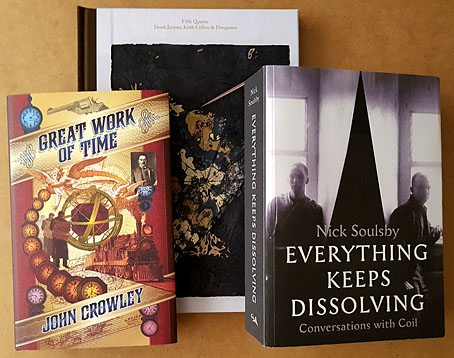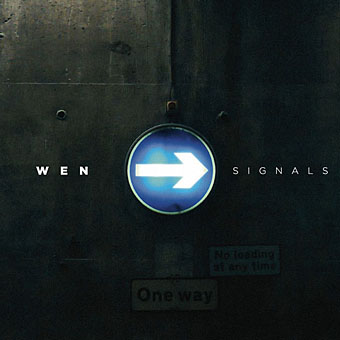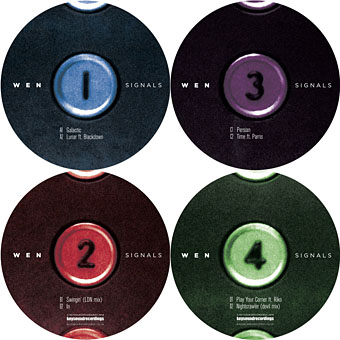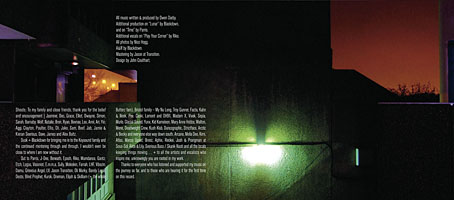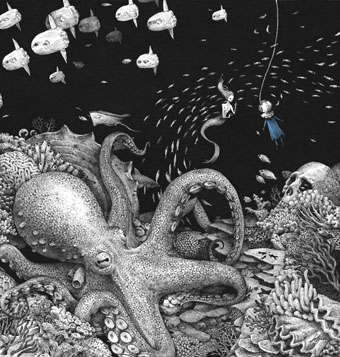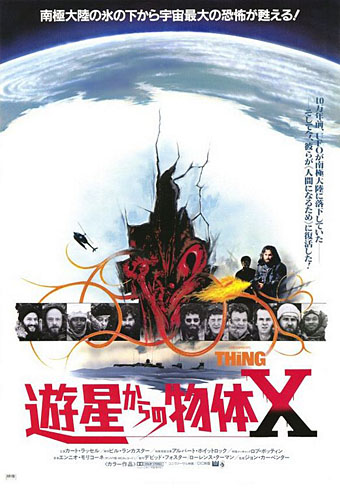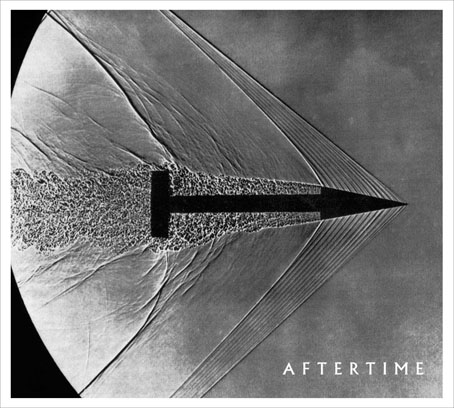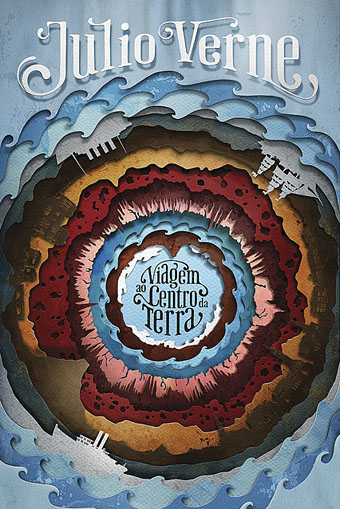The month in complimentary copies. In publishing you often get sent at least one copy of something you’ve worked on although there are plenty of occasions when this doesn’t happen. This trio turned up while I’ve been waiting for two other books to arrive, both of which I’d contributed to (one of them even has my name on the cover) but still had to request from editors. It’s always a quandary when this happens. You feel reluctant to add to somebody’s working day by making a petty request for a copy of that thing you provided some artwork for a year ago; on the other hand, one of the books I’ve been waiting for is published by an international company with a 70-year history who nevertheless didn’t have a budget to pay for all the artwork they were using. The comp was supposed to be my payment for their use of a single picture. It looks like I’ll be buying this one myself.
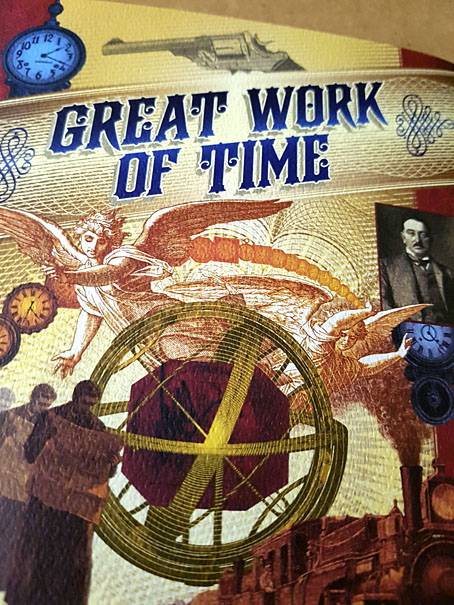
Great Work of Time is a book I’ve already mentioned here, being a hardcover reprint of an award-winning novella by John Crowley. I designed the interior and the cover which has been beautifully printed by Subterranean Press on textured paper. The interiors feature two-colour printing, with various details picked out in magenta ink. A handsome edition that’s also one of the best time-travel stories I’ve read.
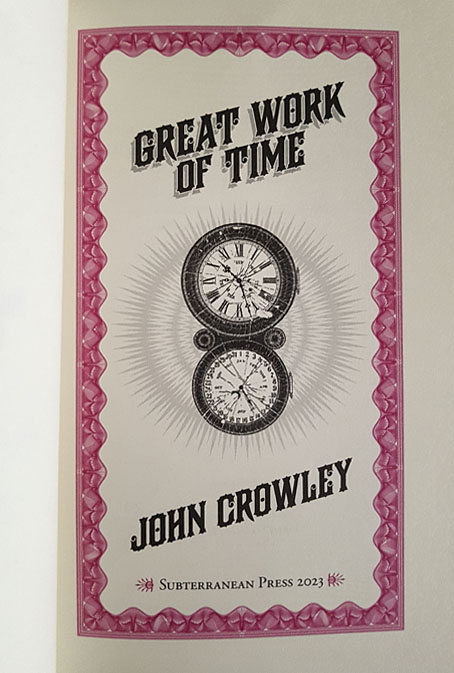
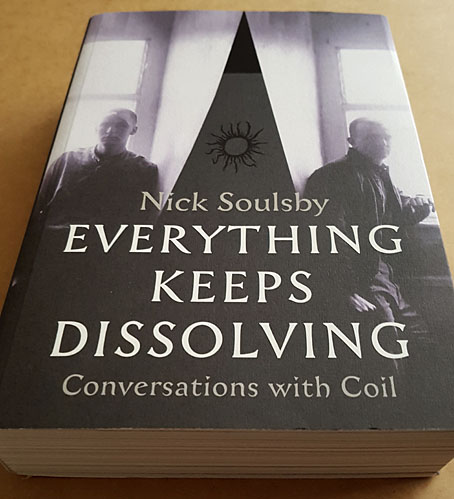
Everything Keeps Dissolving: Conversations with Coil has also been mentioned here before. This is Nick Soulsby’s collection of interviews with Coil, a book that rescues from obscurity and potential loss a wealth of interview material—magazine features, fanzine profiles, video and tape transcripts—which chart the group’s career. I assisted in a very small way with this one, letting Nick see some of my written correspondence with John Balance. I’m also mentioned in one of the interviews which was a surprise to discover after all this time. This is a very large book which will be essential reading for all Coil cultists.
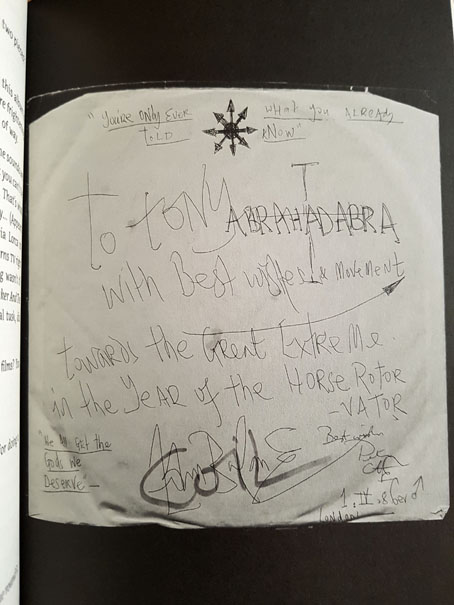
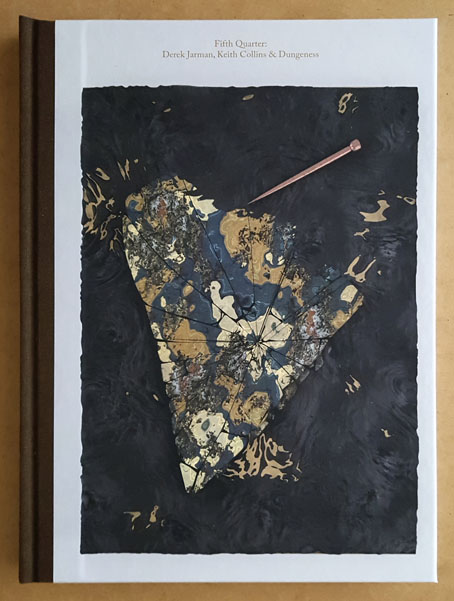
Fifth Quarter: Derek Jarman, Keith Collins and Dungeness is a collection of personal responses to the films and art of Derek Jarman. The book has some slight relation to the Coil volume via the pictures that resemble the Jarman piece used on the cover of How To Destroy Angels. Fifth Quarter has been published by the Subtext record label to accompany Fifth Continent, an album by Alexander Tucker and the late Keith Collins, Jarman’s former partner and custodian of Prospect Cottage. I didn’t contribute to the book but I’ve done a lot of design work for Subtext who have been releasing avant-garde music now for almost 20 years. Book publishing is a new venture for them. The list of contributors to Fifth Quarter is an impressive one: Barry Adamson, Jennifer Lucy Allan, Sarah Bade, Derek Brown, Keith Collins, Garry Clayton, Peter Fillingham, William Fowler, Dan Fox, Elise Lammer, Matthew R. Lewis, James Mackay, Frances Morgan, Garrett Nelson, Stephen O’Malley, Paul Purgas, Damien Roach, Howard Sooley, Mark Titchner, Alexander Tucker, Peter Tucker, Luke Turner, Simon Fisher Turner, and Cosey Fanni Tutti.
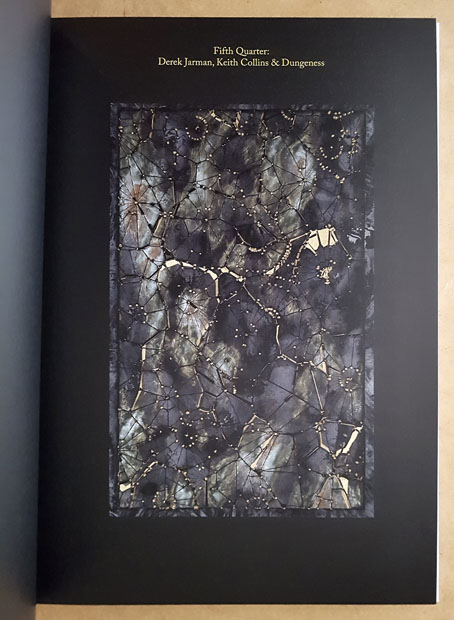
Previously on { feuilleton }
• Great Work of Time
• Man is the Animal, issue three
• Derek Jarman album covers

